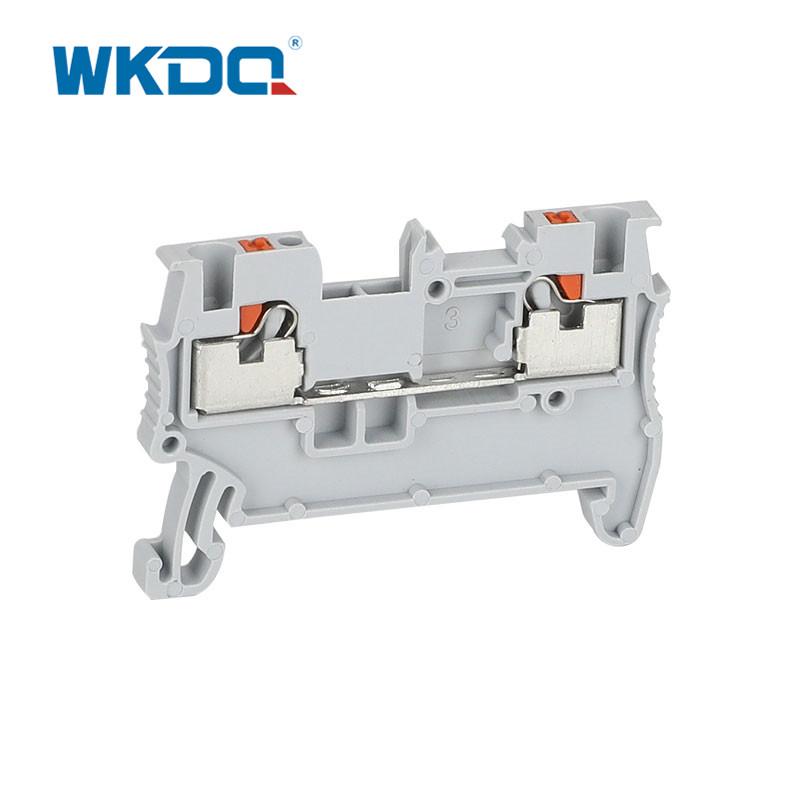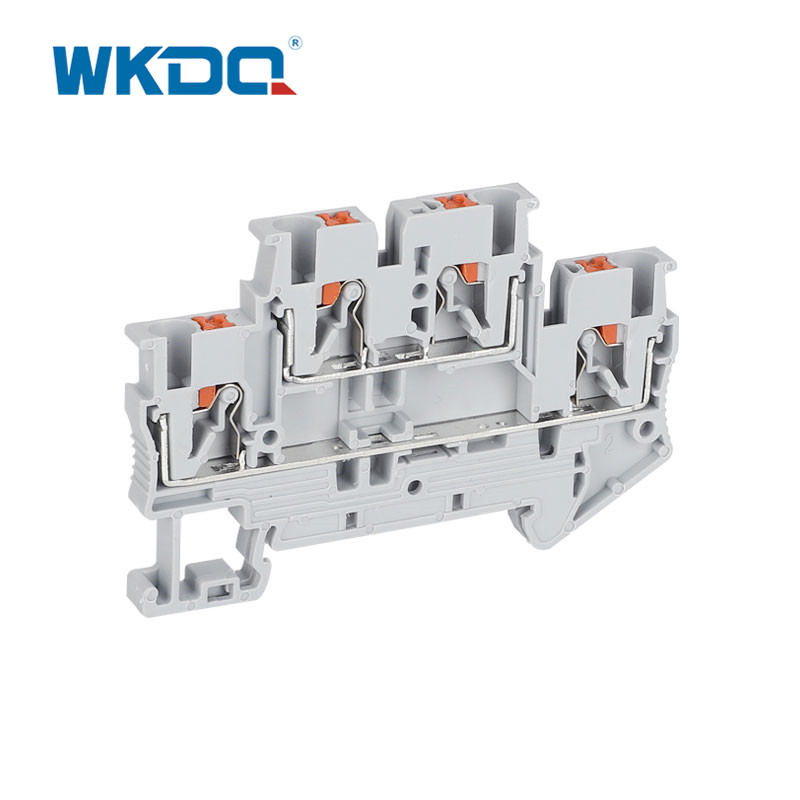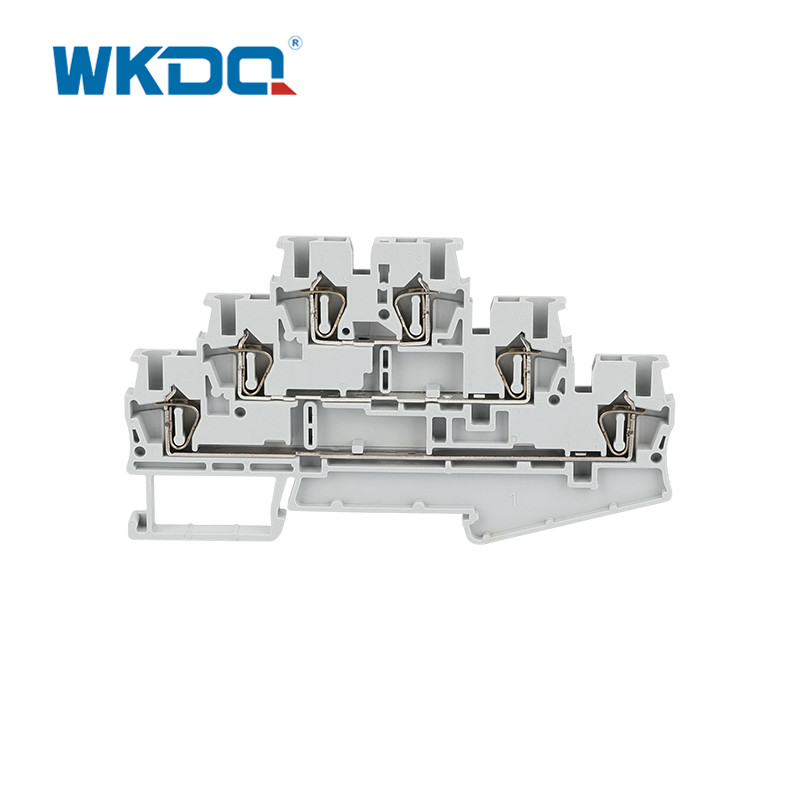
Privacy statement: Your privacy is very important to Us. Our company promises not to disclose your personal information to any external company with out your explicit permission.
Wonke Electric CO.,Ltd.
Single feed products represent the basic type of Terminal Block, and are used for wire-to-wire connection. Single feed terminal blocks have one input and one output contact: two distinct wires are fed into either side of the terminal block and are connected within its housing.


Three level terminal blocks are essentially dual level products with an extra stacked level of contacts. Like dual level terminal blocks, they can also be bridged.


Privacy statement: Your privacy is very important to Us. Our company promises not to disclose your personal information to any external company with out your explicit permission.

Fill in more information so that we can get in touch with you faster
Privacy statement: Your privacy is very important to Us. Our company promises not to disclose your personal information to any external company with out your explicit permission.